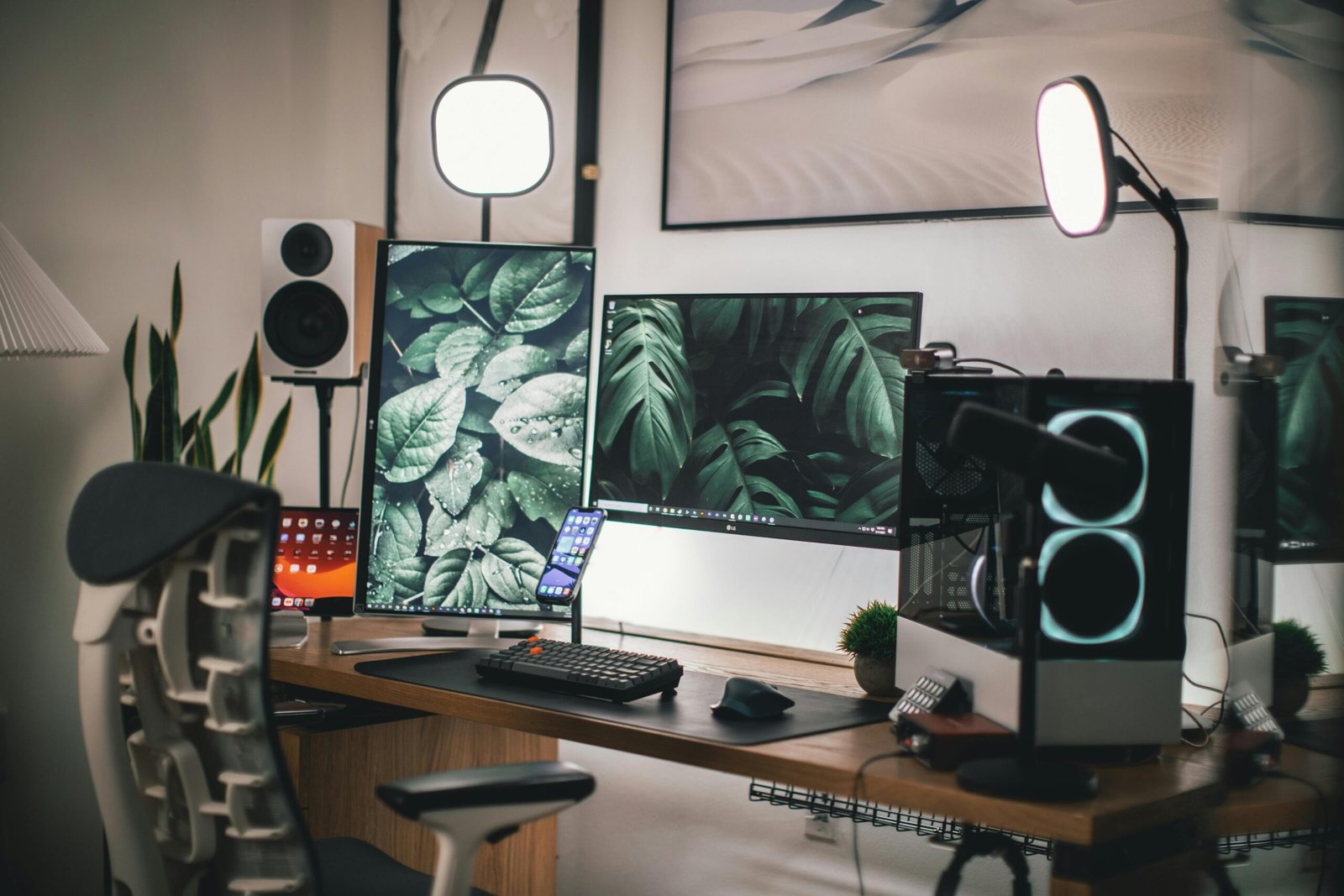#3: Entrepreneur productivity: How I can work 3 hours straight without fatigue, back pain, and headaches

Yesterday I spent 10 hours and 15 minutes working at my desk.
How do I know this?
I looked at the Excel sheet that I’ve been using for the past 7 months to track how I invest my time every day.
There were a couple other sheets before this one, but after 11,000 rows Excel starts to get buggy.
Yes, I’m a maniac.
Kidding!
But I have been maintaining a time-log every day for nearly 5 years at this point.
As weird as it sounds, I think of it as useful data that helps me hold myself accountable, and shows me whether the way I’m spending my time is actually reflective of my priorities.
It’s extremely useful for gauging how efficient I’m actually being when I work—that is, how much I’m getting out of every unit input of my time.
It not only helps me identify work sessions when I got a lot done vs. when I didn’t, but because I describe what I did preceding, during, and after each work session, I can figure out what makes me more productive.
And guess what topped the list?
Not being tired, not having back pain, and not getting a headache—well, duh.
In other words, the things that most entrepreneurs stuck at their desks all day experience.
So I’d like to share a very simple, but incredibly effective system that I’ve been using the past couple of months to address these issues.
It’s not a magic fix, and it won’t solve all of your problems—but I’m willing to bet it’ll at least improve your situation.
P.S. I’m not a doctor yet, so I don’t feel qualified to be giving health advice. If what your doctor says contradicts what I’m about to share, please ignore my suggestions.
The Triple Time System
Fancy name huh?
I made it myself 😉
Anyways, the way it works is by using two timers and one stopwatch at the same time, whenever you’re working.
I use one Google Chrome tab for each so that I can see them all in a glance, but I try to keep the tab for timer 2 open while I’m working (it’s the main one I want to be looking at):
Figure 1: The Triple Time System In Action
This will make more sense in a minute or two.
Timer 1
The first timer, in my case, is set for 25 minutes. I call it my movement timer. Every 25 minutes when that timer goes off, I force myself to move.
More often than not, I just switch from sitting to standing or vice versa—I have a standing desk.
I know they’re expensive, but I think they’re well worth the investment if you make use of them.
This doesn’t mean that I only move every 25 minutes. I move every opportunity I get.
Usually, when I’m thinking through a problem, or I’m planning out how to write something, or doing anything that doesn’t require me to actively type/write, I’ll walk around while doing it.
It’s even better when I can look away from the screen for even 30 seconds to give my eyes a break. When I can do this, I try looking at objects at least 20 feet away through my window—it really relaxes my eyes, especially after I’ve been staring at a screen for a while.
Also, when I’m standing at my desk, I fidget with my feet and keep swaying from side to side.
TL;DR → every 25 minutes I’m doing something to move, and ideally giving my eyes a rest as well.
I know some of this stuff is weird, but I’ll explain why it works so well for me later on.
For now, let’s move onto timer 2.
Timer 2
The second timer is what I call my ambitious deadline.
When I start working on a particular task, say, writing this newsletter, I set a target for how much I want to finish writing within a certain amount of time.
For example, I think I’m half-way through this edition, and though it’s a little ambitious, I think I can finish the rest within the next 25 minutes.
So, I just set a timer for 25 minutes—this is the tab I try to keep open on my laptop for the entire time I’m working (my laptop’s connected to a monitor that I use as my main screen).
The reason is because deadlines take advantage of Parkinson’s law, which states that the rate at which you complete a task adjusts to fill the time allotted for that task.
In English, this means that the less time you give yourself to work on something, the faster you’ll work.
Now, whether I actually finish writing this newsletter in the next 25 minutes or not is irrelevant—I’m still going to try, and as a result, I’m going to work much more efficiently than I otherwise would have without the ambitious deadline.
So these micro-goals promote efficiency in the moment—and every time I set a new micro-goal, I get a boost in the pace at which I work.
Obviously, you can’t be completely unrealistic with these estimations. I wouldn’t set a 5 minute timer and expect to finish this entire newsletter.
The goal’s gotta be realistic enough to the point where you believe you can accomplish it, but just slightly ambitious so that you feel a little bit of “good pressure.”
Treat it like a game, and you won’t get stressed out about it—there aren’t any real consequences for you not hitting these targets.
I rarely hit my micro-goals, but I still use them several times a day.
Alright, let’s cover the last clock in my triple time system.
Stopwatch 1
I call this my output log.
It’s pretty simple.
I start the stopwatch when I actually begin working on the task at hand.
Not when I get to my desk, but when I actually begin working.
And if I start daydreaming, get side-tracked, or am generally distracted, I’ll pause the stopwatch the second I realize I’m not focused.
I’ll guestimate the time I lost while I was distracted, and I’ll make a note of it in my Excel sheet (eg. “-2 minutes for thinking about Whey vs Creatine while working on the newsletter”).
So when I’m done with a work session, I can subtract the time I lost to distraction and figure out how long I actually spent working productively.
Or, I’ll just leave the stopwatch paused for a few minutes after I’ve regained my focus and resumed working productively—this will depend on how long I think I was distracted.
The point is that I use this stopwatch to track how much time I actually spend getting stuff done so that I can compare it to the time I spend at my desk.
I use this to calculate my efficiency score for the work session.
For example, if I spent 100 minutes at my desk, but my stopwatch tells me I only spent 90 minutes working productively during that time, that means my efficiency for that session was 90%.
This gives me a number I can use to assess my performance in each work session throughout the day, so that I can self-correct if I’m not performing well (I’ll accept anything above 90%, and am happy when it’s above 95%).
Putting it all together
I know this sounds like a lot, and it might be for the first few hours, but after that it really isn’t.
Resetting the movement timer takes a second after it has elapsed.
Picking a new ambitious deadline takes 10 seconds after the previous one has passed.
Calculating the efficiency score after a work session and documenting what I did before, during, and after the session takes 1 minute and 30 seconds total.
All in all, to avoid back pain, headaches, fatigue, and inefficiency, I invest a grand total of 3 minutes every 2 hours, which is a pretty good trade in my opinion.
And if you forget to set a timer or stopwatch here and there, it’s not the end of the world—it happens to me all the time.
You don’t need to be perfect—I’m definitely not.
And what do ya know—my 25 minute timer just elapsed!
Also, my output log right now is at 1 hour, 11 minutes, and 23 seconds. My movement timer has 3 minutes and 2 seconds to go before I’ve gotta get up and reset it.
I’m having a lot of fun writing about the system I’m using as I’m writing this newsletter right now.
Try saying that three times fast 🙂
Sorry.
Why I Think This Works
Movement & Eye Breaks = Less Back Pain, More Energy, & Fewer Headaches
I think the title is pretty self-explanatory—these things make it easier to stay productive.
Reward Output, Not Input
This might be a tough pill to swallow, but at the end of the day, no one actually cares about how hard you work.
The world only rewards output, so I think it makes sense for us to do the same.
Yes, there’s some nuance to this—if you worked really hard on a task for 10 hours straight and you didn’t finish the whole thing but you made significant progress, I think that’s a win.
I also think it’s important to encourage kids to work hard and try their best, which is why participation trophies awarded based on effort, not achievement, work well when you’re 5 years old.
And I’m sure there are more exceptions to this, but in the economic world specifically, output is all that really matters.
That’s why when I take actual breaks from my desk, just to walk outside, stretch, do some exercise, etc. I determine the duration of my break based on the time I spent productively working, not the time I spent at my desk.
Believe it or not, I have another simple system for this 🙂
I call it “n/4 max, n/10 min” – very creative name (not at all).
Basically, if I worked at 90% efficiency for 100 minutes at my desk, that meant I worked for 90 minutes.
90 minutes/4 = 22.5 minutes, and 90 minutes/10 = 9 minutes.
For 90 minutes of productive work, 9 minutes is the minimum amount of time I will force myself to take a break (for the sake of my health and well-being) and 22.5 minutes is the maximum amount of time I will allow myself to take a break for.
If you’re just getting started, I think this can work well, but I honestly don’t consider breaks as rewards anymore.
My dopamine hit comes from getting needle-moving tasks done at high-efficiency, which is why I can work for multiple hours at a time and sustain it for the whole day.
In other words, I’ve trained myself to see the work as the reward. But I’m not discouraging breaks, not at all—I think they’re very important.
I take breaks primarily for my mind and eyes, and also to get some extra movement. I’ll usually force one of these longer breaks every 2-3 hours or so.
This “work as the reward” mindset is something that deserves its own post, so I won’t get into it here.
But my point is that this system rewards output, not input, which is what I think any productivity strategy should optimize for.
The Final Musing
The triple time system, in a nutshell, gets you to move often, work efficiently under some pressure, and holds you accountable to actually being productive—all in all, it optimizes for output while minimizing health compromises.
I’ve had some great results with it, so I’d definitely recommend you giving it a shot if your working situation allows you to.
And as you can probably tell, I’m a bit of a productivity nerd, so rest assured you’ll be getting more weird productivity tips from me in the future.
My output log now says 1 hour, 33 minutes, and 17 seconds 😉
That’s all for this week.
See ya next Sunday 🙂
Whenever you’re ready, here’s how we can help you:
- Newsletters: Our newsletters provide tactical information that innovative entrepreneurs, investors, and other forward-thinking people can use to scale their impact.
- Community: Coming soon! You’ll automatically be added to the waitlist by joining any of our newsletters.







